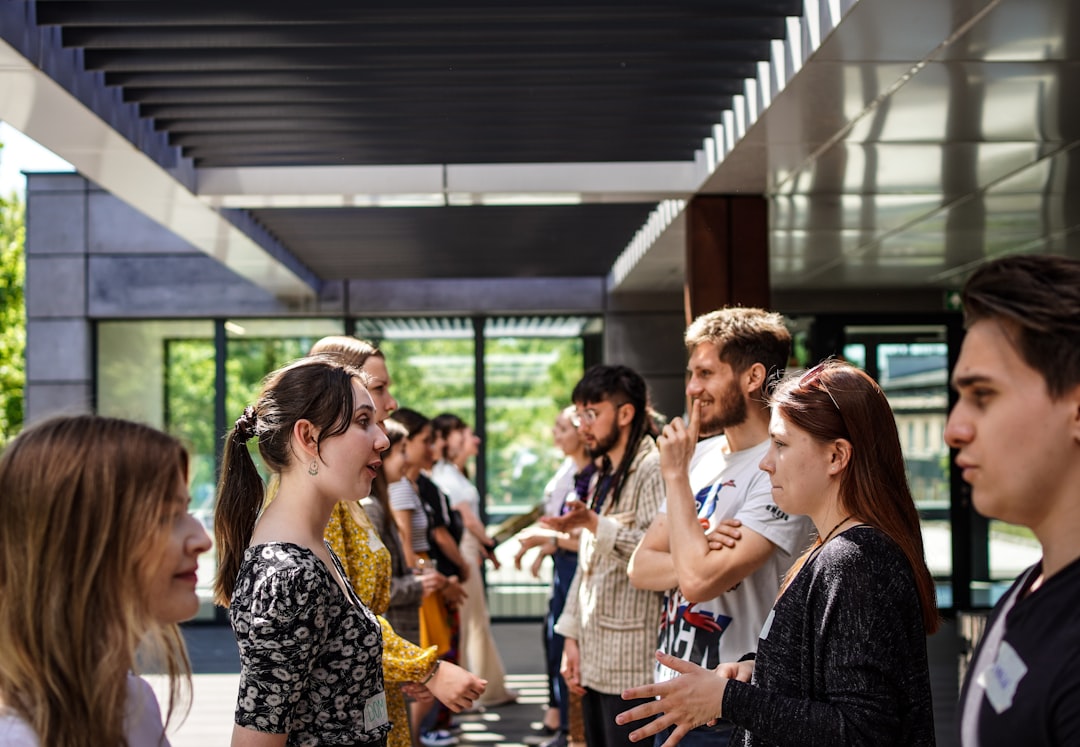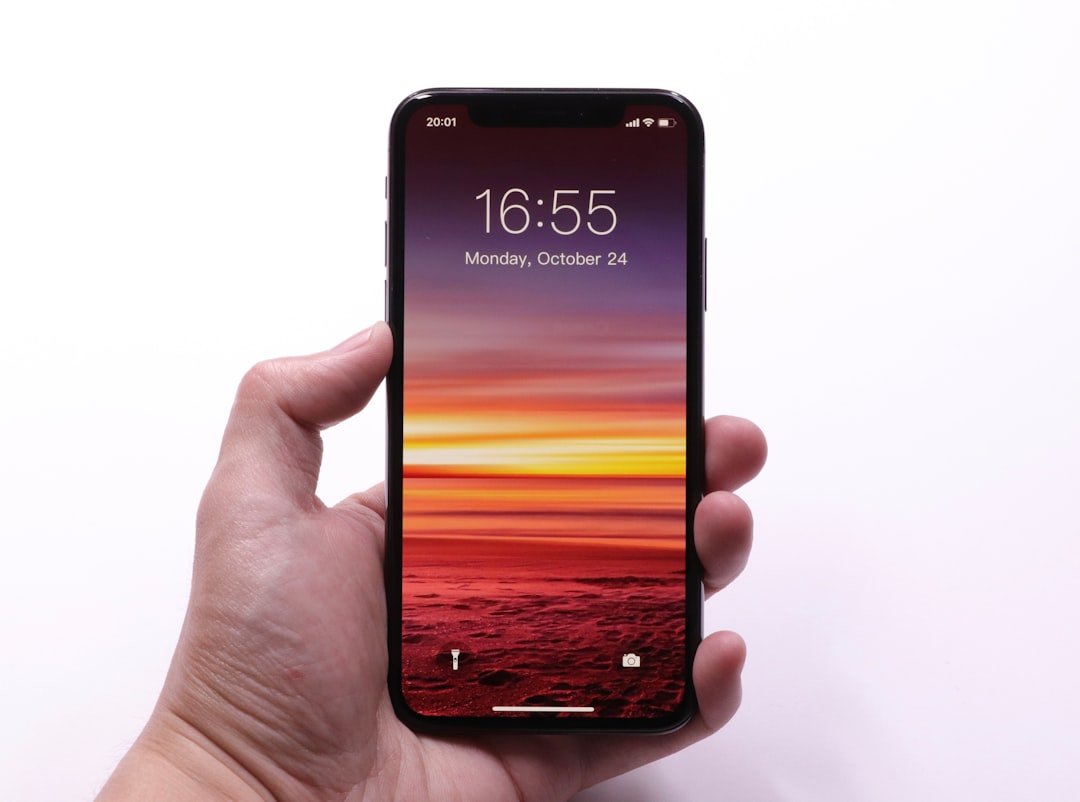What is it about?
With the development of computer technology, more and more deep learning algorithms are widely used in medical image processing. Viewing CT images is a very usual and important way in diagnosing spinal fracture diseases, but correctly reading CT images and effectively segmenting spinal lesions or not is deeply depended on doctors’ clinical experiences. In this paper, we present a method of combining U-net, dense blocks and dilated convolution to segment lesions objectively, so as to give a help in diagnosing spinal diseases and provide a reference clinically. First, we preprocess and augment CT images of spinal lesions. Second, we present the DenseU-net network model consists of dense blocks and U-net to raise the depth of training network. Third, we introduce dilated convolution into DenseU-net to construct proposed DDU-net(Dilated Dense U-net), in order to raise receptive field of CT images for getting more lesions information. The experiments show that DDU-net has a good segmentation performance of spinal lesions, which can build a solid foundation for both doctors and patients.
Featured Image

Photo by CHUTTERSNAP on Unsplash
Why is it important?
The experiments show that DDU-net has a good segmentation performance of spinal lesions, which can build a solid foundation for both doctors and patients.
Perspectives
It is my pleasure to write this paper, with my two co-authors.
gang sha
Northwestern Polytechnical University
Read the Original
This page is a summary of: The dilated dense U-net for spinal fracture lesions segmentation, Journal of Intelligent & Fuzzy Systems, August 2021, IOS Press,
DOI: 10.3233/jifs-211063.
You can read the full text:
Resources
Contributors
The following have contributed to this page










